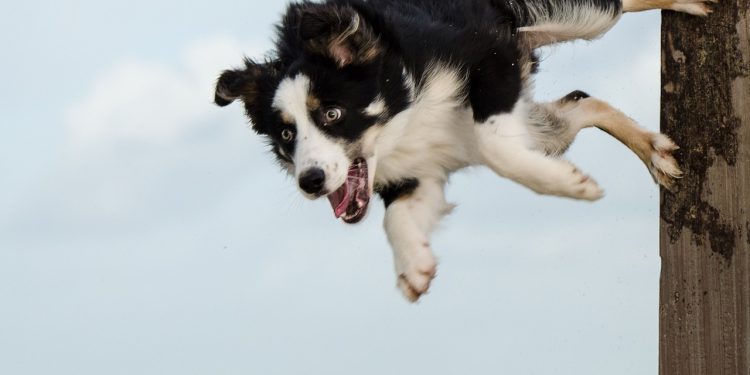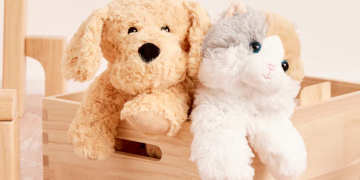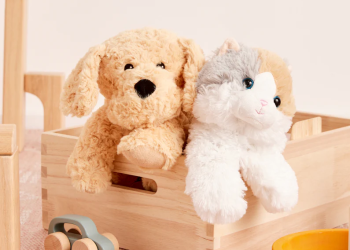Training your pet is essential for fostering a healthy, happy relationship and ensuring their safety and well-being. Whether you have a playful puppy, an independent cat, or a curious bird, consistent and effective training helps them learn the rules of your household while strengthening your bond. Here’s a comprehensive guide to successful pet training.
Understanding the Basics of Pet Training
Why Training is Important
- Behavior Management: Proper training curbs undesirable behaviors like excessive barking, jumping, or scratching.
- Safety: Teaching commands like “sit,” “stay,” and “come” can prevent accidents or dangerous situations.
- Bond Building: Training sessions create opportunities for interaction, trust, and mutual understanding.
Positive Reinforcement
The most effective and humane training method is positive reinforcement:
- Rewards: Use treats, praise, or playtime to reward desired behaviors.
- Timing: Reinforce behavior immediately so your pet associates the action with the reward.
- Consistency: Ensure all family members follow the same rules and training techniques.
Patience and Persistence
Training takes time, especially for young or high-energy pets. Stay consistent, celebrate small victories, and avoid frustration to maintain a positive experience for you and your pet.
Training Dogs
Basic Commands
Start with essential commands that establish a foundation for good behavior:
- Sit: Hold a treat above your dog’s nose and move it back slightly. As they sit, say “sit” and reward them.
- Stay: Teach your dog to stay in one place by holding your palm out and saying “stay.” Gradually increase the distance and duration before rewarding.
- Come: Call your dog’s name followed by “come,” using an excited tone. Reward them when they reach you.
House Training
- Establish a Routine: Take your dog outside regularly, especially after meals or naps.
- Positive Reinforcement: Reward your dog immediately after they eliminate outside.
- Accidents Happen: Clean up messes with enzyme-based cleaners and avoid punishment.
Socialization
Expose your dog to various environments, people, and other animals:
- Controlled Settings: Arrange playdates or visits to pet-friendly spaces.
- Reward Calm Behavior: Reinforce positive interactions and reduce anxiety with treats and praise.
Training Cats
Litter Box Training
Most cats instinctively use a litter box, but proper setup helps ensure success:
- Placement: Choose a quiet, accessible location for the litter box.
- Cleanliness: Scoop daily and clean thoroughly to keep the box inviting.
- Reinforcement: Gently place your cat in the litter box if they eliminate elsewhere.
Scratching Behavior
Redirect your cat’s natural urge to scratch:
- Provide Scratching Posts: Place posts near areas where your cat likes to scratch.
- Deterrents: Use double-sided tape or citrus sprays on furniture to discourage unwanted scratching.
- Reward Appropriate Scratching: Offer treats or toys when your cat uses the scratching post.
Teaching Tricks
Yes, cats can learn tricks too! Start with simple actions like “sit” or “high five” using treats and clicker training.
Training Birds
Establishing Trust
Birds can be cautious, so building trust is the first step:
- Patience: Spend time near their cage, speaking softly.
- Hand Training: Gradually introduce your hand, offering treats to encourage them to perch.
Teaching Commands
- Step Up: Use a treat to guide your bird onto your finger or a perch while saying “step up.”
- Target Training: Teach your bird to touch a stick or object, which can be used for advanced training.
Reducing Unwanted Behaviors
- Biting: Avoid reacting harshly to bites. Redirect their focus to toys or acceptable behaviors.
- Screaming: Provide mental stimulation and avoid reinforcing loud calls by reacting to them.
Training Small Mammals
Handling and Socialization
For animals like rabbits, guinea pigs, and hamsters, gentle handling is key:
- Start Slow: Allow them to approach your hand at their own pace.
- Support Their Body: Always support their weight when picking them up.
Litter Training
- Designate a Spot: Place a litter box in a corner of their enclosure.
- Encourage Use: Place soiled bedding in the litter box to signal its purpose.
Enrichment and Tricks
- Interactive Toys: Provide puzzle feeders and tunnels for mental stimulation.
- Simple Commands: Teach tricks like “spin” or “come” using treats and repetition.
Advanced Training Techniques
Clicker Training
Clicker training is a versatile method for teaching complex behaviors:
- The Basics: Use a clicker to mark desired behaviors, followed by a treat.
- Shaping: Break down complex actions into smaller steps, rewarding progress along the way.
Agility Training
Great for high-energy pets like dogs:
- Obstacle Courses: Set up jumps, tunnels, and weave poles.
- Practice Commands: Incorporate cues like “jump” or “go through” to guide them.
Problem-Solving Games
Mental challenges keep pets engaged and focused:
- Puzzle Toys: Use food-dispensing puzzles to encourage problem-solving.
- Hide and Seek: Hide treats or toys for your pet to find.
Troubleshooting Common Issues
Resistance to Training
- Check for Discomfort: Ensure your pet isn’t in pain or stressed.
- Modify Rewards: Experiment with different treats, toys, or praise.
- Shorten Sessions: Keep training sessions brief to maintain focus.
Regression
Occasional setbacks are normal:
- Stay Consistent: Revisit basic commands or routines.
- Be Patient: Avoid punishing regressions, as it may increase anxiety.
Overcoming Fear
- Desensitization: Gradually expose your pet to feared objects or situations in a controlled manner.
- Positive Experiences: Pair the trigger with rewards to change their perception.
The Importance of Consistency
Consistency is the foundation of successful training. Stick to a routine, use the same commands, and involve all family members in reinforcing desired behaviors. Training is a journey that requires time, effort, and a deep understanding of your pet’s needs. With patience and positive reinforcement, you can help your pet thrive in any environment.












